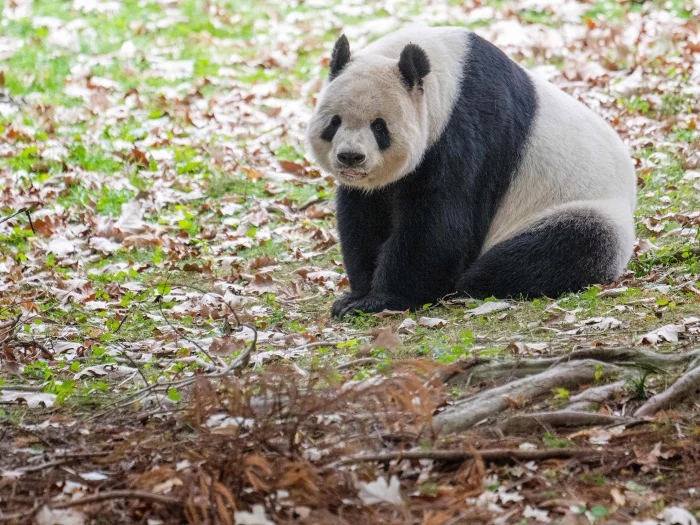Giant pandas have long been a beloved attraction at the Smithsonian’s National Zoo in Washington, D.C., ever since the arrival of the first pair in 1972—a historic gesture of friendship from communist China.
Exciting news now emerges as National Zoo officials announce that D.C. will welcome two new adolescent pandas by the end of the year. Following the departure of the last bears in November, bound for China on a FedEx cargo plane, anticipation builds for the arrival of the new duo.
“We’re beyond thrilled,” says Brandie Smith, director of the National Zoo. “The first time I walked through the panda house after the pandas had left, that was a really sad moment. But then we immediately turned our eyes toward the future.”
China holds a monopoly on these adorable creatures, as the native range of giant pandas lies entirely within the country’s borders. Today, approximately 2,000 pandas roam the bamboo-filled mountains of south central China.
For decades, the Chinese government has engaged in “panda diplomacy,” gifting or loaning pandas to zoos worldwide, often coinciding with diplomatic events. However, as relations between China and the U.S. have strained, panda loans to U.S. zoos have ceased. Currently, Atlanta remains the last zoo in the U.S. with giant pandas, but they too are set to return to China.
Regarding the negotiations for D.C.’s pandas, Smith declined to comment on whether international relations played a role. “That’s not really my area of expertise,” she says.
The San Diego Zoo is also set to receive a new pair of pandas, though no date has been announced.
The two-year-old bears bound for D.C., named Bao Li and Qing Bao, hail from the China Conservation and Research Center for the Giant Panda in Sichuan. Bao Li’s lineage has local ties; his mother, Bao Bao, was born at the National Zoo in 2013 before being sent to China in 2017. Bao Li’s grandparents, Tian Tian and Mei Xiang, resided at the National Zoo for 23 years before returning to China last year.
“We need that panda!” says Mariel Lally, one of the zoo’s panda keepers, recalling her encounter with Bao Li during his journey back to China. Lally notes a resemblance between Bao Li and his grandfather, Tian Tian, and eagerly anticipates his arrival.
At age 2, pandas are considered “sub-adults,” comparable to human teenagers. Lally expects them to be playful and spend time in trees, much like cubs.
The new panda loan follows similar terms as previous agreements, with a 10-year term extendable by mutual agreement. Any cubs born will belong to China and must be returned at four years old. The National Zoo will pay $1 million annually to the China Wildlife and Conservation Association, supporting research and conservation.
After years of international efforts, pandas are no longer endangered but are listed as vulnerable. The National Zoo’s panda program operates on a budget of $2.8 million annually, mostly funded by donations, memberships, and sales.
While the panda habitat underwent upgrades, visitors continued to enjoy the zoo’s diverse offerings. With anticipation building for the arrival of Bao Li and Qing Bao, the National Zoo eagerly awaits the next chapter in its panda conservation efforts.
